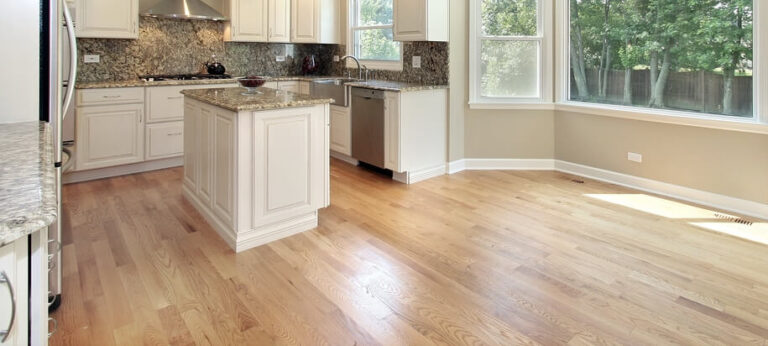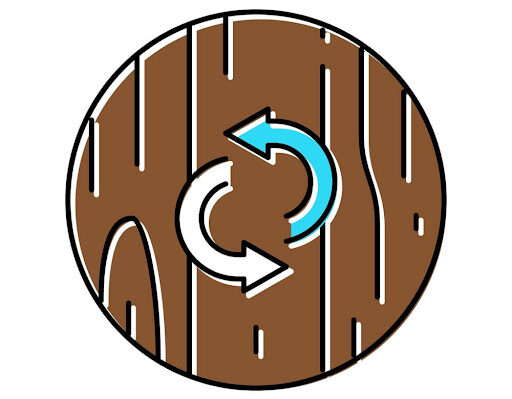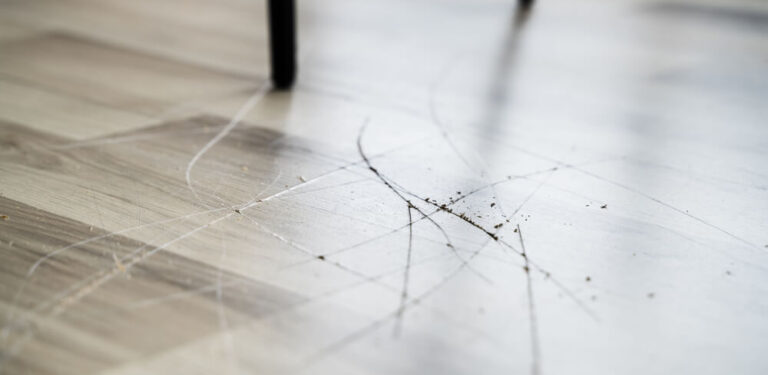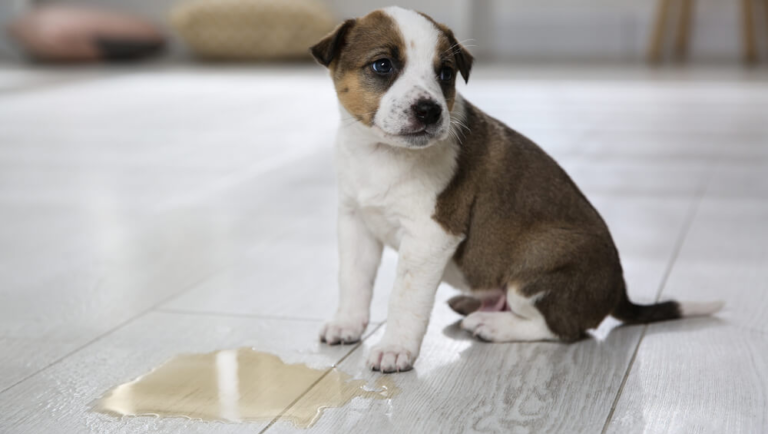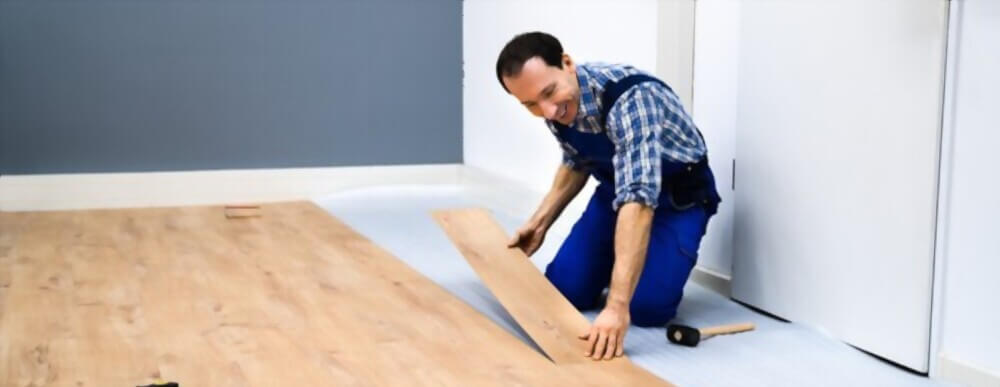
Wear and tear of the hardwood floor sucks, especially when you have no time and budget to refinish the entire home. A few years back, one of our colleagues refinished one room at a time, i.e., his home office, and got very exciting results. Working as a team of home improvement experts, we gave him the perfect solutions, and now it is your turn.
Restoring hardwood floors in small sections requires a tolerance for slight imperfections. With All that said, you can refinish hardwood floors one room at a time by selecting a nearly matched color and taking care of the room panel layout with an external hallway.
Proper refinishing of small areas avoids other interior issues down the road. Let’s look at what exact procedure should be done with all other necessary measures.
How To Refinish Hardwood Floors One Room At A Time?
Everyone loves to renovate their entire home in one go. Remember, full-scale refinish comes with several major cons sidewise. Doing so is an expensive, messy and disturbing process.
To avoid such issues, renovating a room, just a part or damaged spot, is a practical idea. This is a quick and budget-friendly process.
Remodeling one room at a time is suitable for the following;
- A completely separate area.
- The room has a similar flooring pattern to other linked spaces.
- When a room is connected to other areas with different floorings like rugs, carpets, tiles, etc.
- If a room is separated through any transition piece.
In case your full space has one similar floor, there will be difficulty in sanding and refinishing hardwood floors in sections.
Steps To Follow For One Room Floor Remodeling
Given below is a stepwise guide for one room hardwood floor restoration:
- Clear the room, pull out all the carpets and rugs, and remove furniture.
- Slightly move up the shoe base molding, if present, to protect it from damage during sanding.
- Use a drum sander or base sander in the direction of the boards. This removes all the paint splatters, dings, dents, and scratches to get an even finish. Start with a Coarser 36-40 grit sandpaper, leading to medium 60 grit that is followed by the finest 10 grit sandpaper.
Keep a distance of 3-4 feet from the sander. Remember to wear a dust mask. Replace the sanding belt after 250 square feet. Use an orbital sander for sanding the edges.
- Use floor buffers and screens and the floor for complete evenness.
- Sweep and vacuum the hardwood floor to remove the dust.
- Install a thin threshold at a junction between two rooms for a beautiful and smooth blend.
- Choose a wood stain that matches the surrounding floors.
- Apply an even finish of water or oil-based polyurethane wood finish, lacquers, wood oil, etc.
- Let the finish dry naturally, and the room is ready.
- Apply an even finish of water or oil-based polyurethane wood finish, lacquers, wood oil, etc.
- Let the finish dry naturally, and the room is ready.
A slight color difference may not affect those who want to keep the interior of every room different from others.
Pro Tip: Use a room mat or a small rug as a transition between the interface of the newly refinished room and the old surrounding areas. This will give a very smooth and nice mix to the color match.
How To Restore Hardwood Floors In Small Sections?

Undoubtedly, wooden floor restoration of one room may cause a transition between sections and other surrounding areas. Being experts, we have done minor scale restoration multiple times and got impressive results. So this is not a worry anymore!
Let’s have a look at the most reliable method of spot remodeling:
- Mark and separate a damaged area by applying tape on its edges to avoid sanding the surrounding.
- Sand a small area or a few damaged boards of wood floor to about 1 inch of depth. This will remove the dirt from the floor’s surface and lighten its color from the surrounding wood.
- Clean the area by removing dust with any cloth.
- Apply a wood stain to a very small portion and let it dry. This is done to check the color match. You may need to sand or brush it off to create a stain balance.
- Once you know whether you need the stain for a complete board or only polyurethane will work fine. It’sIt’s time to complete the process.
If a stain is required, paint the full board with wood stain and balance its paper with sandpaper. Otherwise, choose a matching polyurethane and apply it on the floor.
Be careful while selecting polyurethane. Go for a gloss-finish or Matt-finish one depending on the color of the surrounding wood. Choosing an opposite polyurethane will be nothing less than a blunder.
According to research published in APHA, sanding and refinishing hardwood floors is associated with many hazards. Therefore, frequent wooden floor refinishing is not recommended.
Some Tips To Refinish A Small Section Of Hardwood Floors
Follow these tips to get an elegant refinish look;
- Use a soft brush for the application of polyurethane in small sections.
- Overlap the polyurethane 1 inch over the edges of the surrounding wood to create a perfect mix.
- Use your brush in an outward to inward direction.
- If a first coat entraps some dust, carefully remove it before applying the next layer.
- Let the floor dry naturally for 24 hours or even more if required.
DIY Hardwood Floor Refinishing In Small Areas
Sometimes, a homeowner needs clarification about the color match of refinishing a section with surrounding patches. He doesn’t want to sand the floor too much. So here is a bit-time taking but safe DIY for refinishing.
- Dust off the area that needs to be restored
- Pour a small amount of linseed oil on the damaged part.

- Use the steel wool to rub the surface. This will remove the dust and will brighten the area.
- Clean the part with a paper towel, and your floor will be restored. Ensure to wash the towel or at least wet them before discarding otherwise, they can catch fire.
Remember, this DIY is applicable only when your floors have a layer of dust deposited or have lost their luster. This works wonders.
Conclusion
Yes, you can refinish hardwood floors one room at a time or in small sections. A slight difference can be seen in the shine of the newly refinished area and the surrounding previously done floors. A blend of colors can be created by carefully sanding and selecting the wood stain and polyurethane.
If you want to know, ” Can hardwood floors be laid differently in different rooms?” you can study here and get a complete stepwise guide and solutions to your problem.


